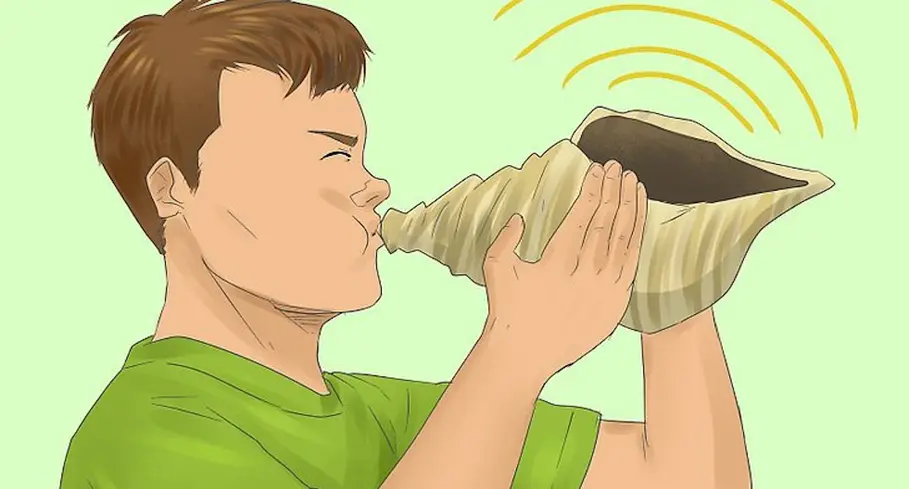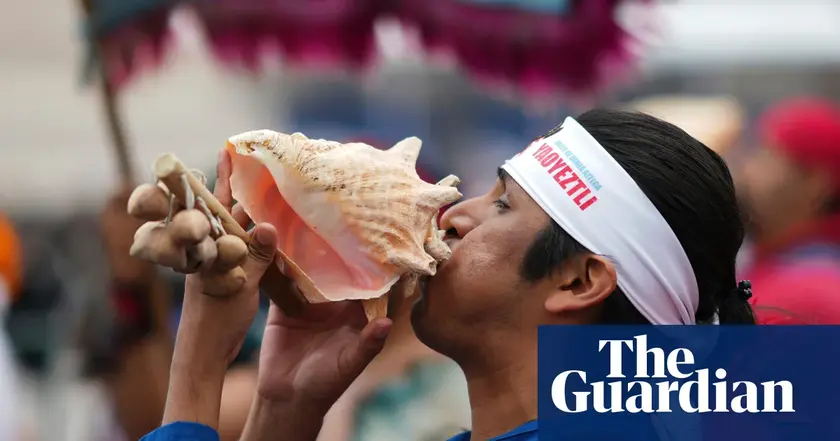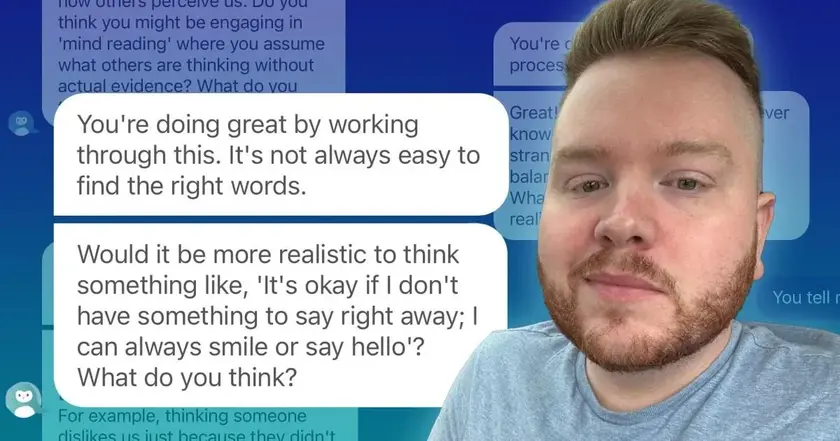T4K3.news
Conch Shell Breathing Shows Promise for Sleep Apnea
A small Indian study finds shankh blowing may reduce daytime sleepiness and breathing pauses in moderate sleep apnea patients over six months.

A small Indian study tests if shankh blowing can ease moderate sleep apnea symptoms.
Conch Shell Breathing Shows Promise for Sleep Apnea
A small study in India tests whether shankh blowing, a traditional yogic breathing practice, can reduce symptoms of obstructive sleep apnea in adults with moderate disease. Thirty participants aged 19 to 65 were randomly assigned to learn and practice shankh blowing for at least 15 minutes, five days a week, for six months, or to a control deep breathing routine. Those in the conch blowing group slept better, reported less daytime sleepiness, and showed four to five fewer breathing pauses per hour on sleep monitoring.
CPAP is the standard treatment but some patients find it uncomfortable or unaffordable. The study suggests shankh blowing could lower the need for devices or medications and offers a low cost option. The researchers caution that the study is small and more research is needed to confirm results across diverse groups and over longer periods.
Key Takeaways
"While effective, many patients find it uncomfortable and struggle to use it consistently."
Dr. Krishna K. Sharma on CPAP limitations
"This is an intriguing study that shows the ancient practice of shankh blowing could potentially offer an OSA treatment for selected patients by targeting muscles training."
Professor Sophia Schiza on the study’s potential
"The conch's unique spiraling structure may also contribute to specific acoustic and mechanical effects that further stimulate and tone these muscles."
Dr. Sharma on mechanism
"We’re planning a larger trial to validate and expand on our findings in a broader, more diverse population."
Dr. Sharma on next steps
Testing an ancient practice in a modern trial reflects a broader trend toward validating non drug approaches. If confirmed, this method could complement CPAP or offer an option for those who cannot tolerate current therapy. Yet the small sample size and single setting mean results should be treated as preliminary.
Wider acceptance would require clear evidence of safety, longer term outcomes, and understanding of barriers to adoption outside India. The study raises questions about how to standardize a breathing technique and whether similar benefits would appear in people with more severe OSA.
Highlights
- Ancient breath meets modern science
- Low cost high hope for sleep
- We need bigger trials to prove the promise
- A conch shell could become an ally against apnea
Financial and accessibility concerns
The approach is low-cost, but the small size and cultural basis may limit generalization; more trials are needed to assess affordability, distribution, and acceptance.
If future studies confirm the promise, shankh blowing could join the toolbox of sleep health options.
Enjoyed this? Let your friends know!
Related News

Conch Blowing Shows Potential to Help Sleep Apnea

Conch shell technique shows promise for sleep apnea

Conch shell breathing shown to ease sleep apnea in small study

Zepbound approved for sleep apnea treatment

Edinburgh Fringe faces significant financial challenges

AI therapy tested by journalist

Samsung Galaxy Watch 8 now available

New study uncovers sleep's mitochondrial links
